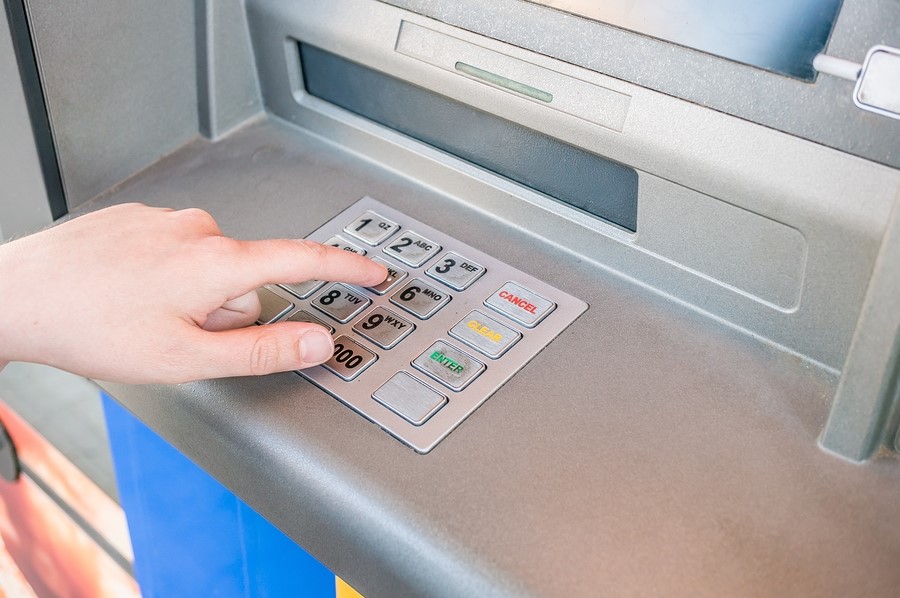Is T1 Internet Practical for Your Rural Business?
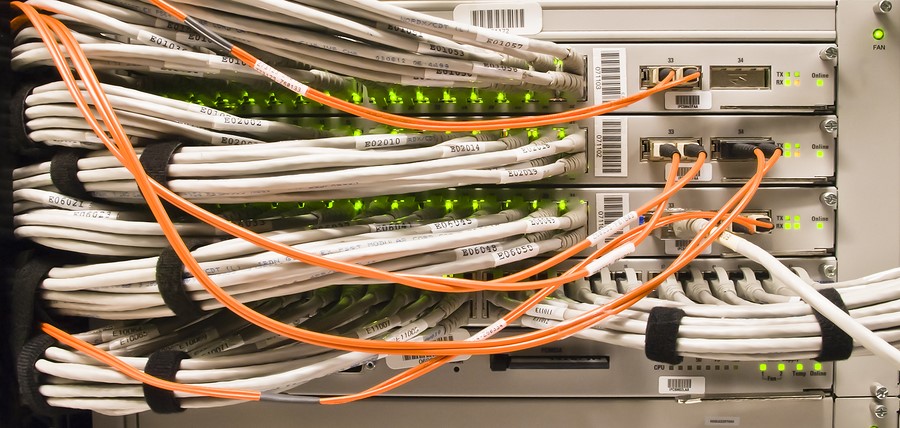
Oh yes, A T1 Internet is an upgrade you must get budgeted for. It is Pricey. It will literally solve all of your connectivity issues in term of VoIP, VPN and video conferencing and oh, you can also add video gaming and video streaming to the fun part.
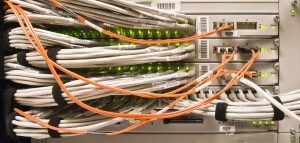
Talk about killing all your birds with one stone! And guess what else? The connection is always reliable and guaranteed! You are literally ‘not in Kansas any longer’.
Access to a reliable internet network in your call center, resort, or other rural business is absolutely essential, particularly if you use affordable VoIP calling to interact with potential customers. Good internet – through T1 or another service – is both good business practice and, if you’re hosting customers on site, also good customer service.
If you are too far from the local hub (the nearest telephone company facility), your businesses won’t have access to the fastest, cheapest internet options available – cable and DSL. You’re left choosing between the wireless options – mobile broadband or satellite – and the less efficient wireline option – dial-up and slow DSL (adsl/sdsl) or the most expansive but efficient; T-1 internet.
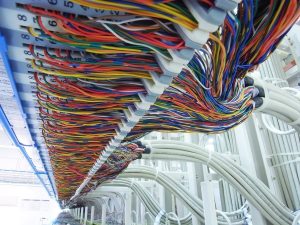
Because T1 internet is undeniably more reliable than satellite and mobile broadband and faster than dial-up, rural businesses often consider adopting the tried and true internet technology. It’s high price point means T1 is definitely not the internet solution for all rural businesses, but it is the most sensible solution for high-volume operations that depend on the internet to do business.
An Oldie, But Goody – Straight Out of 1984
First implemented in 1984, T1 technology is now more than thirty years old. In an industry driven by Moore’s Law – i.e. the prediction, by Intel and Fairfield Semiconductor founder Gordon Moore, that advancements in digital electronics will double every year – thirty years is a long, long time.
T1 was absolutely revolutionary in the eighties. A fiber optic or copper T1 line has 24 symmetrical channels operating at 1.544 Mbps both downlink and uplink, speeds that once set the standard in online transmission. Today, however, T1 is outstripped by newer technologies like mobile broadband, cable, DSL, and Ethernet over Copper (EoC).
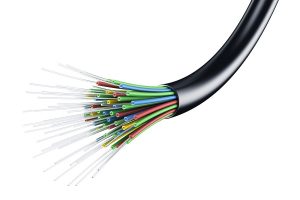
Four Major Advantages Over Mobile, Satellite, Dial-Up
Aside from availability, there are three major advantages to T1 that explain why, thirty years after the fact, this product is still on the market:
- Symmetrical bandwidth: Unlike cable and DSL, T1 has identical download and upload speeds. Both pathways transmit at exactly 1.544 Mbps. This means that the T1 uplink is still decent, even when compared to modern competitors. Even in urban markets, for example, the uplink can fall below 1 Mbps for DSL subscribers in congested areas.
- Wireline reliability: Mobile broadband and satellite can be great, but the nature of wireless connections is that they are vulnerable to weather, elevation changes, and obstructions.
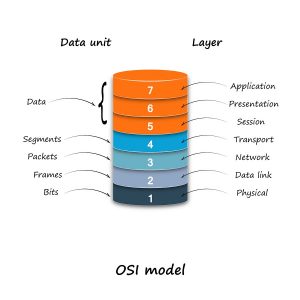
Wireline connections minimize data packet loss, which maximizes connectivity. For a rural business without access to DSL, cable, or EoC, T1 is the fastest available wireline connection.
3. Virtually no latency: Latency can greatly affect how the user experiences throughput speeds. Satellite internet, for example, is technically faster than T1 (10 Mbps down, 2 Mbps up) and just as readily available. A 500-1500 ms latency in satellite transmission means, however, that satellite subscribers experience annoying lags that T1 subscribers just don’t. T1 has a latency of 3-5 ms, the lowest of any wireless or wireline internet option. Because latency can be disruptive, low latency equals greater reliability.
4. Symmetrical channels: Multiple users don’t share T1 internet bandwidth like they share mobile broadband, satellite, or dial-up bandwidth. T1 can accommodate 24 separate users on one line without degrading the connection quality. This means up to 24 people can use T1 at the same time and all get speeds of 1.544 Mbps. If you need more users or speed, too, you can always bond two lines together.
The T-1 Internet Price Point
T-1 Internet is by no Means the Most Economical Solution
It’s pricey. In our experience installing T1 in rural businesses, the monthly cost of a T1 line can range from about $300 to $1200 and in some geographic zip codes even more.
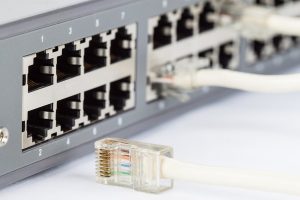
The additional, one-time cost of installation can run anywhere from $1,000 to $45,000, depending on the distance between the hub and the client’s address.
T1 is by no means the most economical solution to connecting your rural business. If you have the funds for it, however, T1 can solve your rural connectivity problems for good and, ultimately, help your business run smoothly.

